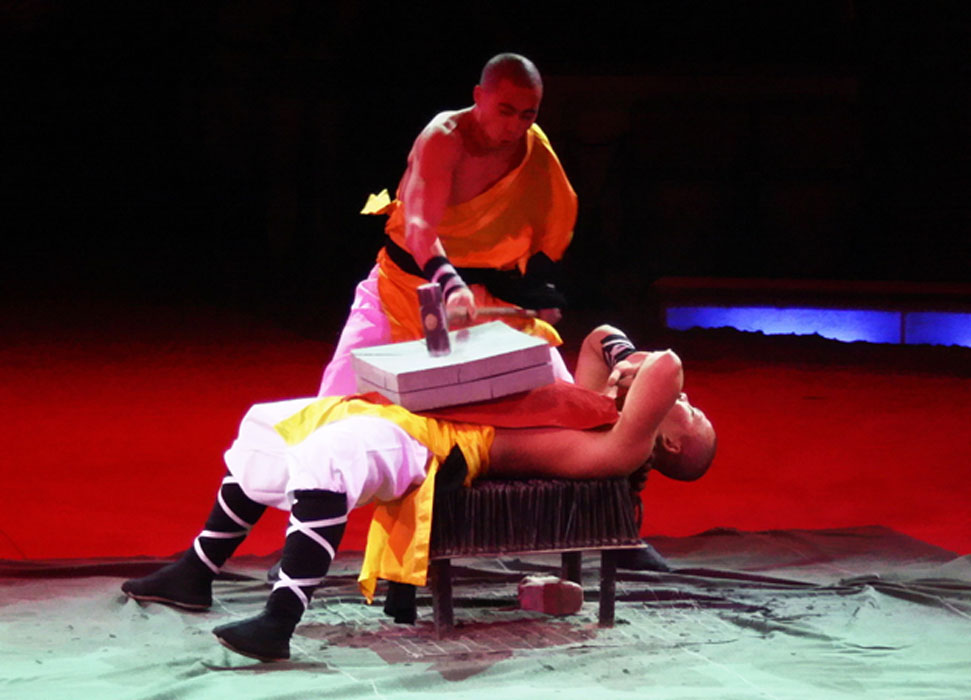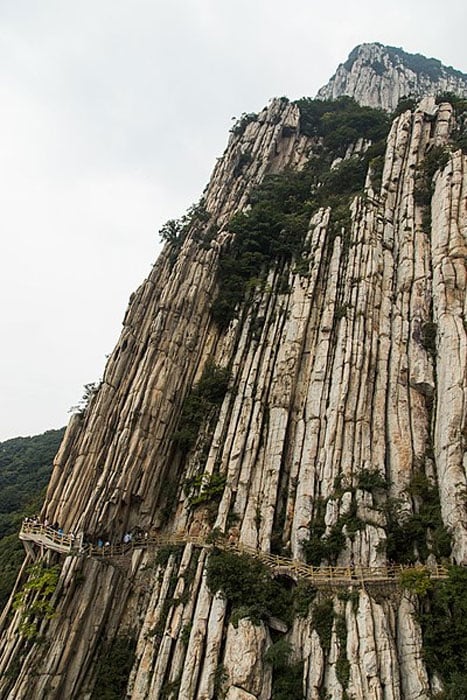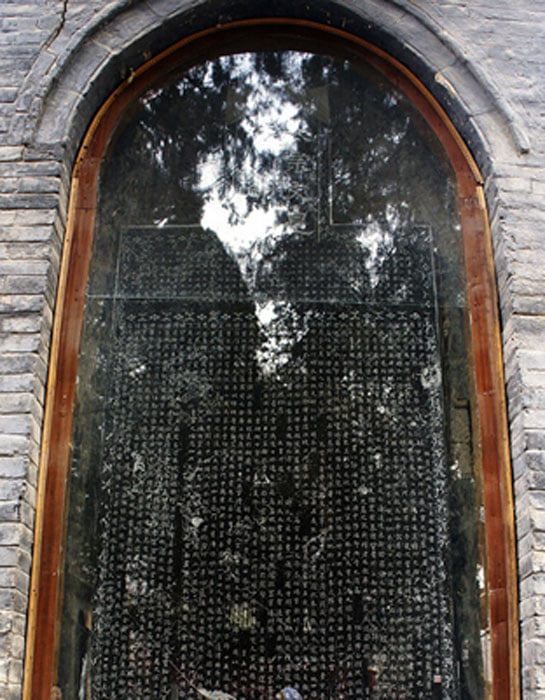
36 Chambers of Death: The Energy Centers of the Ancient Shaolin Martial Arts
Enter the Wu-Tang (36 Chambers) was the name of the 1993 debut album by American rap group Wu-Tang Clan, which not only set a new standard for hardcore hip hop during the 1990s, but it brought New York City’s rap scene onto the international stage. The album’s title, 36 chambers, references the 1978-Shaw brothers’ Kung Fu movie, The 36th Chamber of Shaolin, also known as The Master Killer, which follows monk San Te, acted by Gordon Liu, struggling through 35 learning environments (chambers), finally forming a new ‘36th’ chamber; an academy of martial arts teaching young, non-monastic, farming people how to defend themselves in the impending rebellion to overthrow the repressive Qing Dynasty (1644 - 1912).

Map of the Qing Dynasty in 1820. (Includes provincial boundaries and the boundaries of modern China for reference (CC BY-SA 3.0)
While this classic Kung Fu movie is generally celebrated for its relentless action and training scenes, the number ‘36’ is an archetypal Chinese symbol within martial arts and this special number is associated with the innermost secrets of the oldest and deadliest fighting systems of the Shaolin.
The Origins of the 36 Shaolin Death Strikes
While many fighting styles in southern and northern China use the name ‘Shaolin’ the original fighting style was created in 495 AD in Shàolín sì, also known as the Shaolin Temple, situated on the north side of Shaoshi, the central peak of Mount Songs’ seven summits, in the Henan province, Chinaduring. The Shaolin Temple is the main temple of the Shaolin school of Buddhism to this day and it was here that Shaolin Kung Fu or Wushu was crafted. Concepts from Zen Buddhism known as ‘Chan’, became the religion of the Shaolin, and these were married with martial arts called ‘Quan.’ In scholar Jeffery Broughton’s 1999 book, The Bodhidharma Anthology: The Earliest Records of Zen we learn that Shaolin Monks devoted their lives to the philosophical and physical unification of Chan and Quan, mind and body.

Shuce Cliff is a famous natural landmark on Mount Song, Henan, China, where the word ‘Shuce’ means ‘books’ in Chinese. This vertical upright was formed approximately 1.8 billion years ago by an intense orogeny - Zhongyue Movement, and monks would ascend and descend the rock on their hands and knees testing and developing their stamina, endurance and resistivity to pain. (CC BY-SA 4.0)
Historian Mamoru Tonami’s 1990 book, The Shaolin Monastery Stele on Mount Song, details an artifact called the Stele of Li Shimin, written by Pei Cui, chronicling the history of Shaolin Monastery up to the stele's erection in 728 AD. Telling of events surrounding a battle between Prince of Qin Li Shimin and Wang Shichong during the transition from Sui to Tang Period, it says Shaolin monks deployed deadly arts while defending a monastery from bandits around 610 AD, and again in their 621 AD defeat of Wang Shichong at the Battle of Hulao.

The Shaolin Monastery Stele of Li Shimin located on Mount Song records the earliest use of martial arts in acts of war. (zcm11/ CC BY-SA 3.0)




